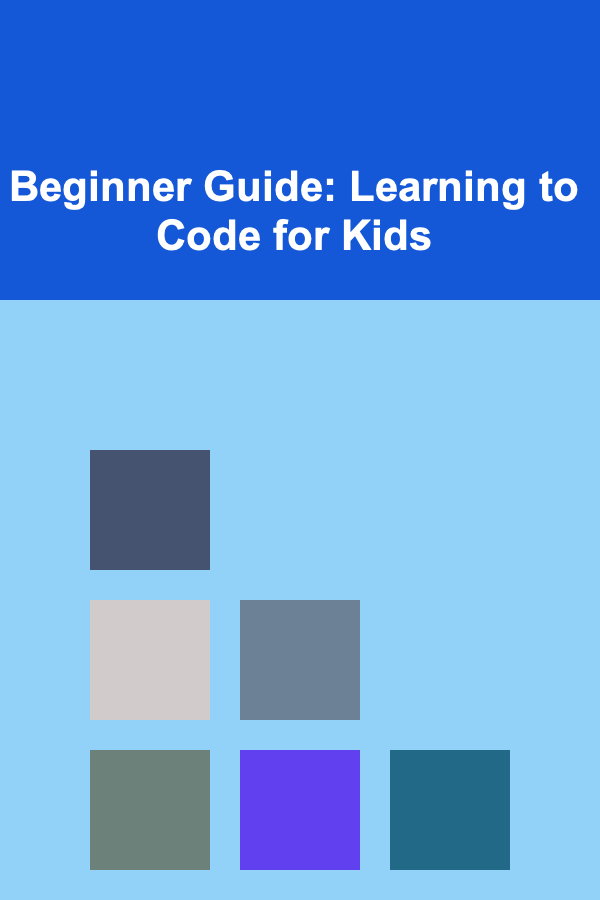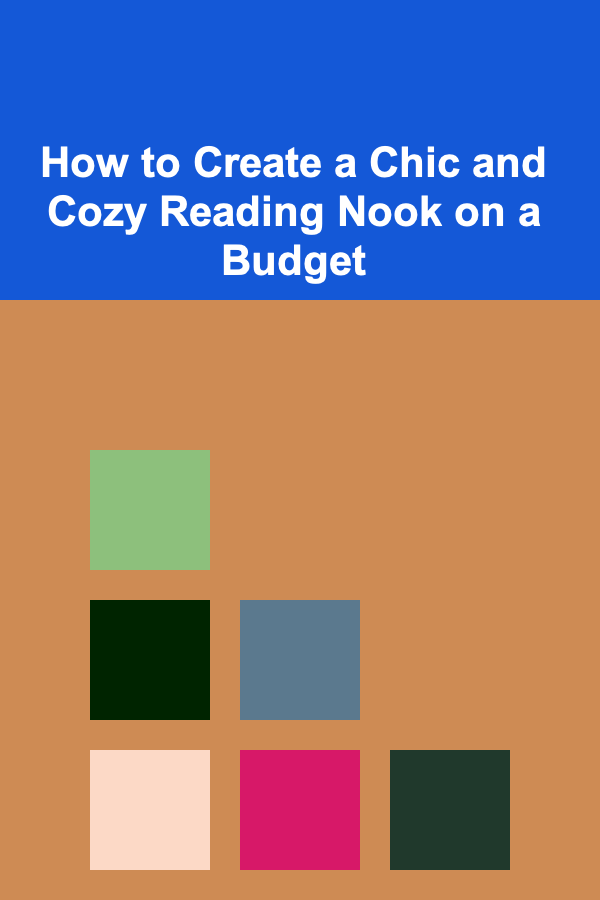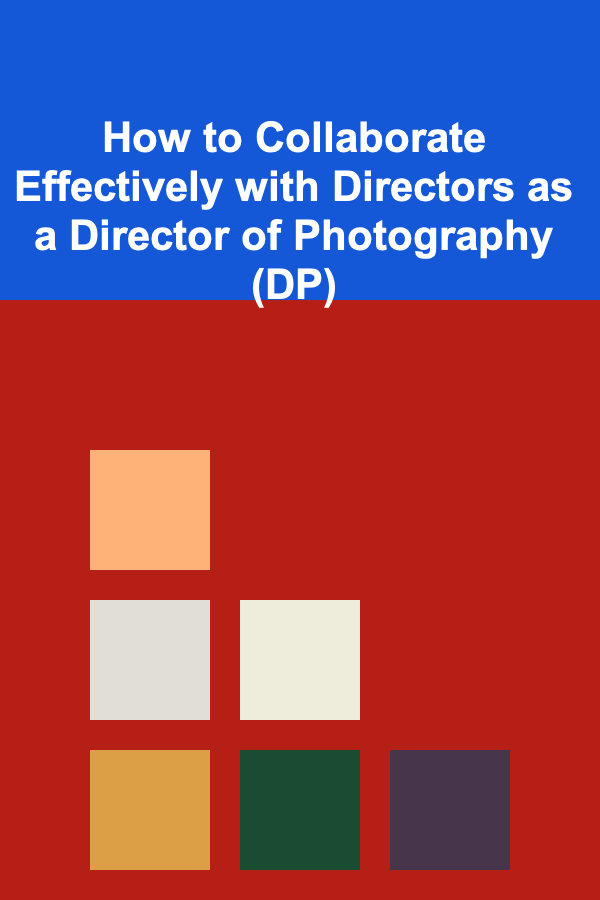
Beginner Guide: Learning to Code for Kids
ebook include PDF & Audio bundle (Micro Guide)
$12.99$9.99
Limited Time Offer! Order within the next:

In today's digital age, coding is not just a valuable skill---it's becoming an essential one. Whether you're interested in developing apps, creating games, or understanding how technology works, learning to code can open doors to endless possibilities. The great news is that coding is no longer reserved for adults or professionals. Kids can start learning at a young age and can benefit immensely from this skill.
This guide aims to provide parents, educators, and kids with a step-by-step approach to learning how to code, breaking down complex topics into fun and understandable chunks. Whether you're completely new to coding or just starting to help your child, this guide will give you the tools and motivation to begin.
Why Should Kids Learn to Code?
Before diving into how kids can learn coding, it's important to understand why coding is such a valuable skill. Here are some key reasons why kids should start learning to code:
1. Develop Problem-Solving Skills
Coding involves a lot of problem-solving. Kids learn to break down complex problems into manageable pieces, analyze them, and figure out how to solve them step by step. This skill is incredibly transferable to other areas of life, both academic and personal.
2. Boost Creativity
While coding may seem like it's all about logic and numbers, it also provides a great outlet for creativity. Kids can build their own games, design interactive websites, and create digital art. The possibilities for creative expression are vast.
3. Prepare for Future Careers
As technology continues to shape our world, understanding coding becomes an essential part of nearly every profession. Kids who learn to code will be better prepared for a future where tech-related jobs are everywhere.
4. Improve Logical Thinking
Coding requires an understanding of logic and sequence. Kids will learn how to think logically, as every action in a code must follow a certain pattern or sequence for the program to work. These logical thinking skills will serve them well in various academic subjects and real-world situations.
5. Learn Persistence and Patience
Coding isn't always easy. Sometimes, a small mistake can prevent a program from running correctly. But with perseverance, trial and error, and debugging skills, kids learn to fix problems and keep trying until they succeed.
Where to Start?
Now that we've explored why coding is valuable for kids, let's talk about where to start. The key to making coding fun for children is to introduce it in a way that matches their age, interests, and skill level.
1. Choose the Right Coding Language
Different coding languages serve different purposes. Some languages are better for beginners, while others are more complex and suited to advanced projects. When introducing kids to coding, it's important to start with a language that is easy to understand and engaging.
Here are some beginner-friendly languages to consider:
Scratch
Scratch is a visual programming language developed by MIT that is perfect for young beginners. It uses colorful blocks that can be dragged and dropped to create interactive stories, games, and animations. The interface is simple, making it a great starting point for children aged 8 to 16. Scratch helps kids learn basic programming concepts like loops, conditional statements, and variables without having to write complicated code.
Python
Python is one of the most popular programming languages in the world, and it's also beginner-friendly. It has a simple syntax that's easy to understand, making it ideal for kids who are ready to move past block-based coding. Python is used in a wide range of fields---from web development to data science---and it is a great next step after Scratch.
Blockly
Blockly is another visual programming language similar to Scratch. It is often used in educational tools like Code.org. Blockly offers a simple interface where kids can create code by dragging and dropping blocks. It's suitable for children who are just starting to explore programming but might be ready to experiment with a bit more logic than Scratch.
HTML/CSS
If your child is interested in creating websites, HTML and CSS are great starting points. HTML is the language used to structure web pages, while CSS controls the appearance of the page. These languages are simple to understand and are an excellent introduction to the world of web development.
2. Use Online Platforms and Resources
The internet is full of free resources that help kids learn how to code in an engaging and interactive way. Some of the most popular platforms include:
Scratch (Scratch.mit.edu)
As mentioned, Scratch is a perfect place for kids to start. It's a free platform where kids can create, share, and explore projects made by others. The Scratch community is vibrant, with millions of projects to explore.
Code.org
Code.org is a nonprofit dedicated to expanding access to computer science. They offer free online courses for kids of all ages. The site includes courses like the "Hour of Code," which introduces basic coding concepts in a fun, game-like format.
Tynker
Tynker offers a series of self-paced coding lessons for children ages 5-14. It includes interactive activities, games, and lessons that teach coding through puzzles, allowing kids to learn at their own pace. Some content is free, but there are also premium courses available.
Khan Academy
Khan Academy offers free online courses on a wide range of subjects, including computer programming. Their interactive coding lessons cover everything from basic JavaScript to advanced topics like web development.
Codecademy
While Codecademy is typically aimed at older students and adults, it's also a good resource for teens who are ready to dive into real-world programming languages like Python, JavaScript, and HTML/CSS.
LightBot
LightBot is a puzzle-based game that teaches kids programming concepts like loops and conditionals. It's a fun way for younger kids (ages 8+) to get introduced to coding logic in an interactive environment.
3. Set Realistic Goals
Learning to code takes time, so it's important to set achievable goals for your child. Here are some realistic milestones to aim for as they progress:
- Start with small projects: The first project might be something as simple as creating a basic animation or game using Scratch. Don't aim for perfection, just getting started is key.
- Master basic concepts: Focus on teaching fundamental concepts like loops, conditions (if/else), and variables before moving on to more advanced topics.
- Build a portfolio: As kids complete different projects, encourage them to save and document their work. This not only helps them feel a sense of accomplishment but also teaches them the importance of maintaining and showcasing their progress.
4. Practice and Experiment
Like any skill, coding improves with practice. Encourage your child to work on small coding projects every day, even if it's just for 30 minutes. The more they experiment, the more they will learn.
- Create challenges: Give your child coding challenges, like building a simple game or designing a website. These small, hands-on projects will help them apply what they've learned and give them a sense of ownership over their work.
- Debugging practice: Debugging (finding and fixing errors in code) is an essential skill. Encourage your child to not get frustrated when things go wrong. Mistakes are a part of the process, and they help develop problem-solving skills.
5. Stay Engaged and Motivated
One of the most important aspects of learning to code is maintaining motivation. Here are some strategies to help your child stay engaged:
- Celebrate small wins: Whether it's completing a project or solving a particularly tricky problem, celebrate each success to keep your child motivated.
- Join coding communities: Being part of a community can help your child feel connected to other budding coders. Platforms like Scratch and Code.org offer communities where kids can share their work, ask questions, and get feedback.
- Show them the big picture: Help your child understand how coding applies to the real world. Show them games, websites, and apps they use every day, and explain how those were created using code. This can inspire them to see the potential in their coding journey.
Conclusion
Learning to code is one of the best ways for kids to build essential skills for the future. It not only opens up exciting career opportunities but also nurtures problem-solving, creativity, and perseverance. By starting early, setting realistic goals, and using fun, interactive resources, kids can enjoy the process of learning and develop a passion for technology that will last a lifetime.
Remember, coding is a journey, not a race. Whether your child is just starting with Scratch or diving into Python, there's no wrong way to begin. The most important thing is to keep experimenting, keep practicing, and most of all, have fun!
Reading More From Our Other Websites
- [Personal Finance Management 101] How to Evaluate Your Subscription Services and Cut Costs
- [Home Budget Decorating 101] How to Create a Modern Living Room on a Budget
- [Home Rental Property 101] How to Handle Tenant Subletting Requests
- [Home Cleaning 101] How to Tackle a Deep Clean Without Feeling Overwhelmed
- [Organization Tip 101] How to Maintain Your Equipment to Extend Its Lifespan
- [Metal Stamping Tip 101] Common Challenges Faced by Metal Stamping Manufacturers and How to Overcome Them
- [Organization Tip 101] How to Build a Community Among Volunteers
- [Home Budget Decorating 101] How to Decorate Your Home for Less Using Affordable Fabrics
- [Home Holiday Decoration 101] How to Infuse Your Home with Holiday Warmth: Decorating with Cinnamon Sticks
- [Home Lighting 101] How to Incorporate Colored Lighting for Fun and Style

How to Build an Online Business That Lets You Travel and Earn Simultaneously
Read More
How to Create a Chic and Cozy Reading Nook on a Budget
Read More
How to Organize Your Garage for Maximum Storage and Functionality
Read More
Understanding the Intricate Relationship Between Climate and Health
Read More
Cultivating Temperance in All Things: A Journey Towards Balance and Fulfillment
Read More
How to Collaborate Effectively with Directors as a Director of Photography (DP)
Read MoreOther Products

How to Build an Online Business That Lets You Travel and Earn Simultaneously
Read More
How to Create a Chic and Cozy Reading Nook on a Budget
Read More
How to Organize Your Garage for Maximum Storage and Functionality
Read More
Understanding the Intricate Relationship Between Climate and Health
Read More
Cultivating Temperance in All Things: A Journey Towards Balance and Fulfillment
Read More